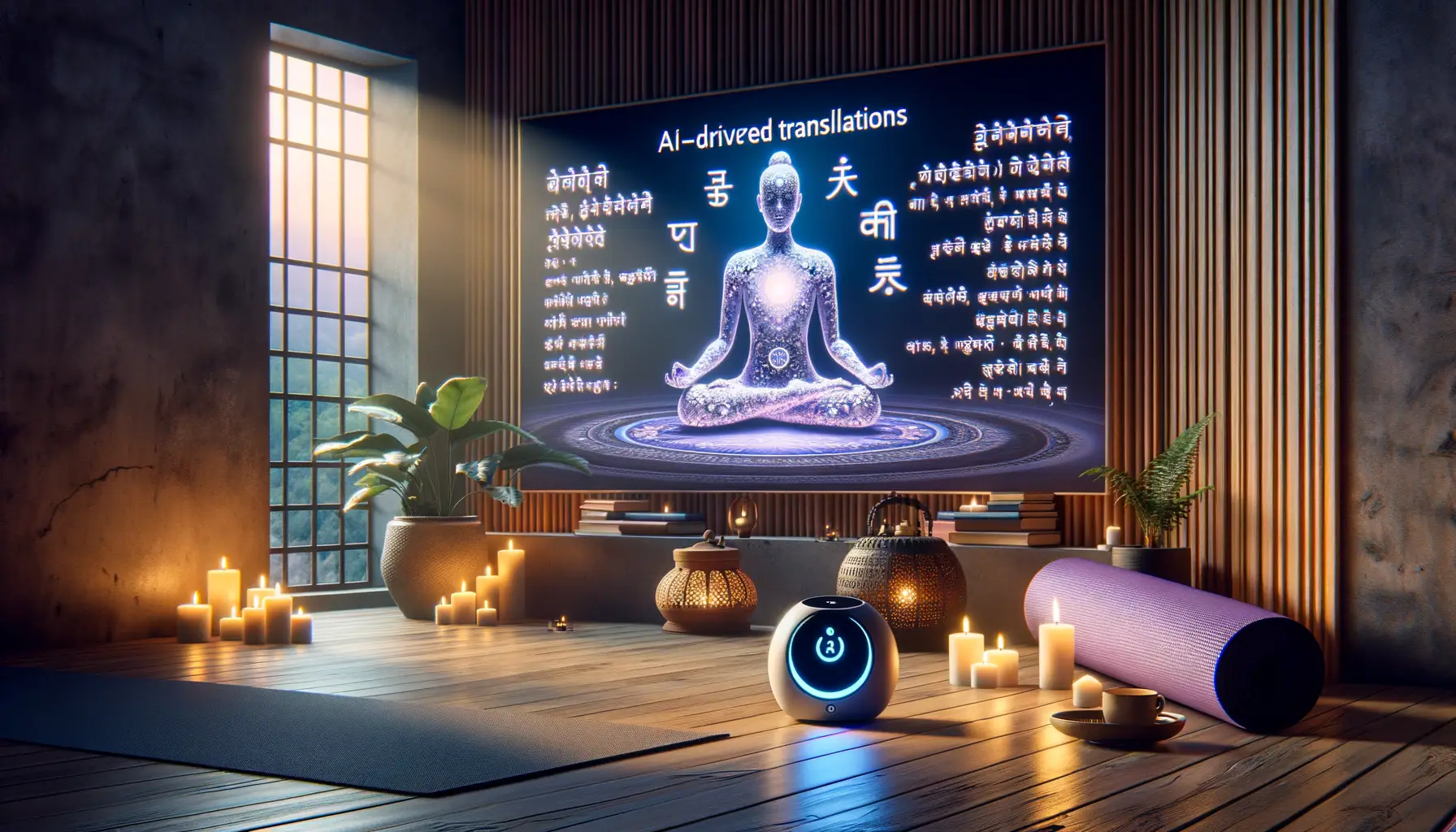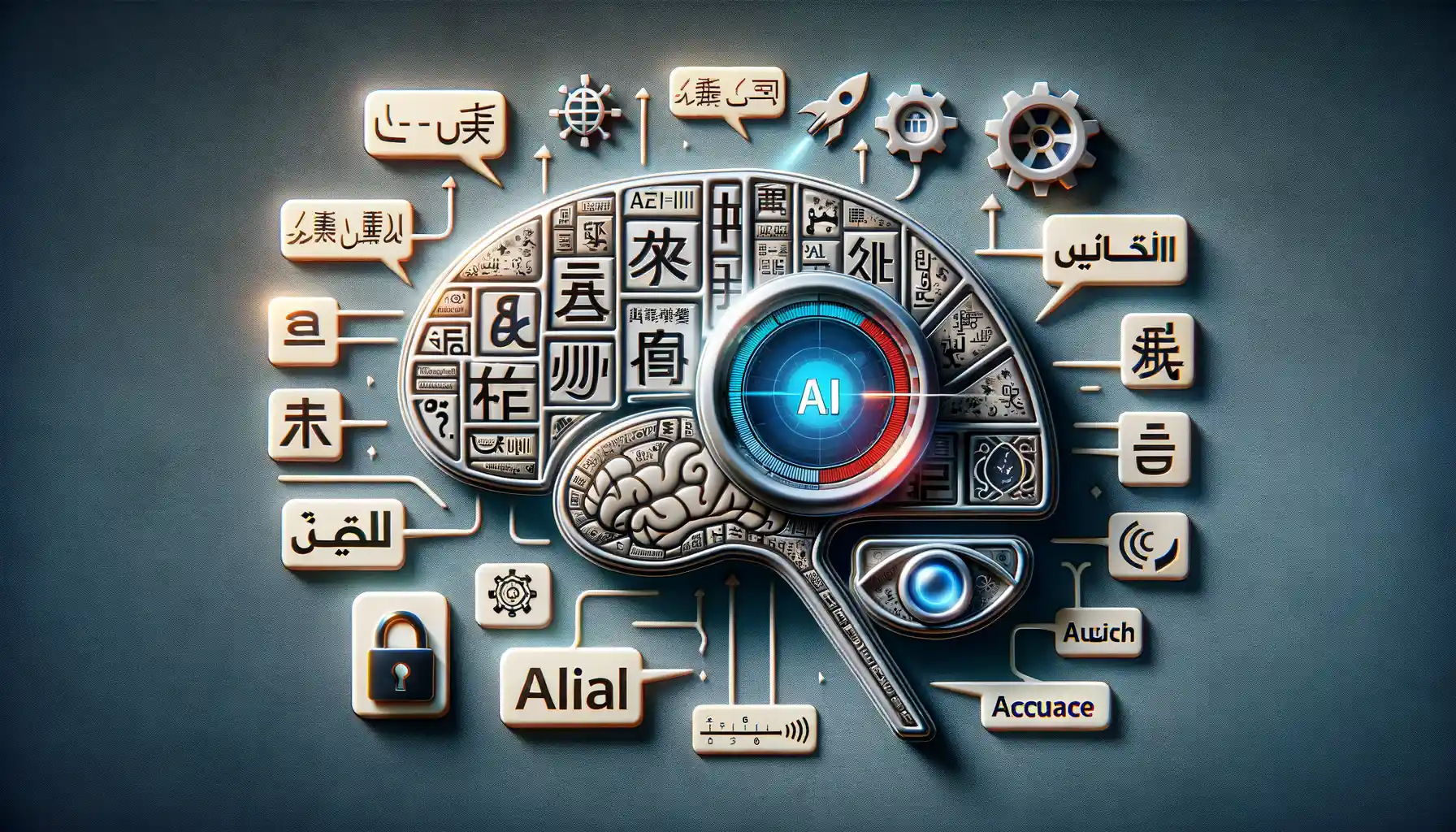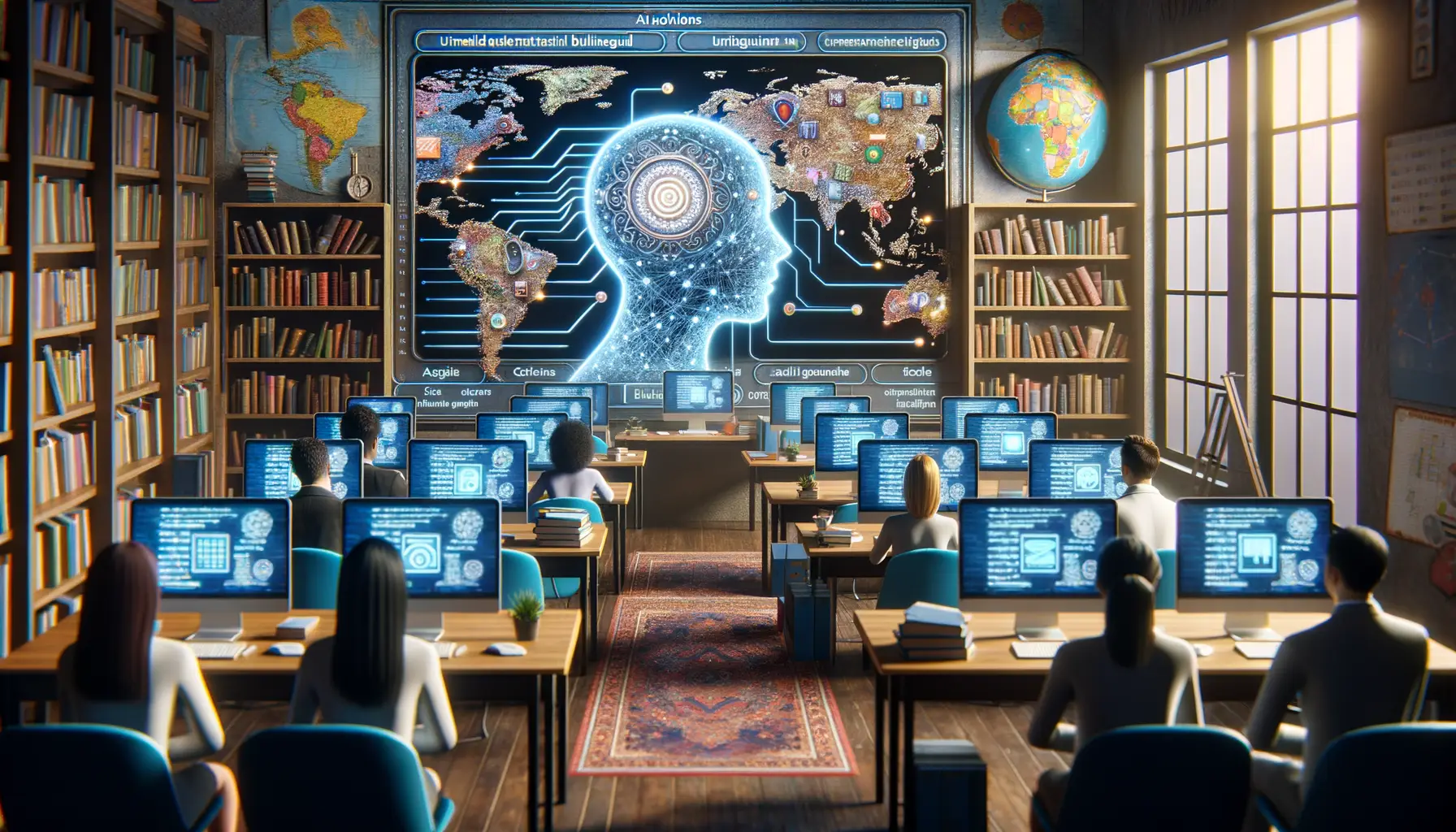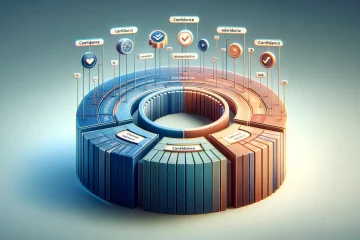Understanding the Role of AI in Bilingual Mindfulness Programs
The Invisible Hand of AI in Mindfulness
When it comes to bilingual mindfulness programs, it’s easy to overlook the quiet but transformative power of Artificial Intelligence (AI). Think of it as the unseen guide gently holding your hand as you navigate the delicate dance between two languages. Imagine trying to translate a calming mantra like “let go and breathe”—sounds simple, right? Not quite. The phrase needs to carry the same emotional resonance in both languages, evoking peace, not confusion. Here’s where AI-driven technologies swoop in, bringing precision and heart into each translated word.
Unlike a traditional translator bound by rigid rules, AI dives deep into cultural subtleties. It doesn’t just consider the literal translation; it evaluates tone, context, and even rhythm. For example, translating “stilling the mind” for a Spanish-speaking audience might adjust the wording to evoke imagery of flowing water coming to rest—a more culturally familiar metaphor.
How AI Changes the Game
Why does this matter? Because mindfulness isn’t just about saying the words—it’s about feeling them. AI tools understand this. They’re designed to recognize not only language mechanics but also sensory cues:
- Tone Adaptation: Ensuring calm wording feels as soothing in Arabic as it does in French.
- Cultural Context: Accounting for cultural norms that shape how concepts like “silence” are perceived.
- Nuanced Vocabulary: Spotting subtle differences in words that carry emotional weight.
It’s like having a translator who knows when to whisper and when to let their words bloom like lotus flowers across two cultures.
Benefits of AI-Driven Translations for Mindfulness Practices

Harnessing the Power of AI for Deeper Mindfulness Connections
Imagine this: you’re guiding a tranquil bilingual mindfulness class. A serene quote from Rumi or Thích Nhất Hạnh should bridge language barriers to touch every participant’s heart. But, instead of radiating calm, manually translating them feels clunky and stilted—or worse, loses its deeper meaning. Enter AI-driven translations, your new ally in creating seamless multilingual mindfulness journeys.
These tools don’t just translate words; they preserve the soul of your messages. By blending linguistic precision with cultural sensitivity, they make a simple Zen proverb resonate in two languages without skipping a beat. It’s like having a wise meditation partner who speaks every tongue fluently.
- Time-saving brilliance: Let the machine do the heavy lifting while you focus on designing transformative meditative experiences.
- Consistent quality: AI ensures every translation reflects the same calming tone—no awkward phrasing to disrupt the peace.
- Accessibility for all: Make mindfulness practices feel inclusive, welcoming participants regardless of their native language.
With AI-driven technology, your quotes become bridges, not barriers—guiding participants toward inner peace with effortless grace. Isn’t it time to let tech gently complement your mindfulness vision?
Key Features of Effective AI Translation Tools

Language Precision Meets Human Emotion
Imagine reading a quote that’s meant to inspire, yet the translation feels flat, robotic, and lifeless. That’s what an effective AI translation tool works to avoid. One of its standout features is the ability to balance linguistic precision with emotional resonance. By analyzing cultural nuances, tone, and intent, these tools ensure quotes like “Breathe in calm, exhale doubt” don’t just sound right—they make you feel understood.
With advanced language models, effective tools dive deeper than just translating words. They recreate the spirit of sayings, capturing the soothing vibe of mindfulness mantras. Because, let’s be honest—what good is a perfect sentence if it’s missing the soul?
Essential Features You Can’t Ignore
Here’s what to look for in a reliable AI translation tool:
- Context Awareness: Goes beyond word-for-word substitution to detect meaning and tone.
- Multi-dialect Support: Addresses regional variations—think “color” vs. “colour.”
- Customizable Glossaries: Keeps key terms consistent across your program.
Translation isn’t just about accuracy—it’s a bridge between two worlds. With AI, that bridge becomes seamless, sturdy, and beautifully built.
Implementing AI Solutions in Bilingual Programs

Bringing AI Into the Heart of Bilingual Education
Imagine a classroom where language barriers crumble as seamlessly as stepping over a line in the sand. That’s what implementing AI solutions in bilingual programs feels like—a leap into a world where words flow effortlessly between cultures, and clarity reigns supreme. By integrating AI tools, bilingual mindfulness programs can craft translations that feel less like code and more like poetry.
One shining example? Picture an educator leading a tranquil mindfulness session in English while the AI quietly converts her soothing words into Spanish, capturing every nuance of tone and intent. It’s not just translation—it’s transformation.
What does it take to make this magic happen? Consider these essential steps:
- Customization: Tailor your AI model to align with your program’s unique linguistic needs and regional dialects.
- Seamless Integration: Ensure AI tools sync beautifully with existing platforms to minimize disruptions during sessions.
By putting thoughtful effort into implementation, these solutions don’t just serve as tools—they become trusted companions on your journey toward a truly bilingual experience. Come for the technology; stay for the connection.
Future Trends in AI for Multilingual Mindfulness Initiatives

The Intersection of AI and Mindfulness: A Global Perspective
Imagine sitting in a room where participants from every corner of the globe are meditating together, their minds attuned to the same peaceful frequency. What makes this possible? The answer could very well be cutting-edge AI technology. The future of multilingual mindfulness programs goes beyond mere translation; it’s about crafting experiences that resonate deeply across cultures.
Think about it: an AI program capable of not only translating a calming mantra but also adapting it to reflect cultural nuances, pacing, and tone. It’s no longer just words—it’s a bridge between worlds. Emerging trends point to AI systems integrating with biometric feedback to tailor these translations based on stress levels or emotional responses. Breathe in a little deeper as your meditation app optimizes its content in real time—personalized and precise.
- Sentiment-aware AI: Capable of recognizing when a user is struggling and subtly adjusting phrasing or guidance.
- Dynamic language inclusion: Supporting minor and endangered languages to bring inclusivity into the mindfulness sphere.
We’re approaching a reality in which AI doesn’t just understand what we say—it interprets what we mean, making spirituality accessible to all. Isn’t that beautiful?


